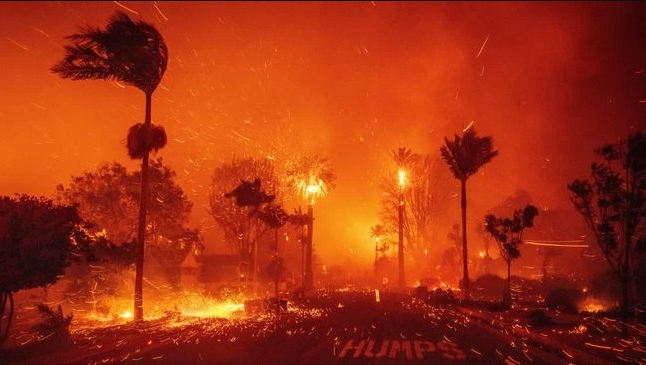Home Hardening 101 for East Bay Homes
When it comes to protecting your home from wildfires, one of the most crucial steps you can take is home hardening. With the increasing frequency of wildfires in California, particularly in areas like Berkeley, Oakland, Orinda, and Moraga, hardening your home is no longer just an option—it’s a necessity. This blog will walk you through the essential aspects of home hardening, why it's important, and how you can implement key fire-resistant features to keep your home safe.
Understanding Ember Attacks and How to Protect Your Home from Wildfire Embers
Learn how ember attacks ignite homes during wildfires and what you can do to protect your property. This blog covers strategies for preventing ember damage, including home hardening, landscaping, and fire-resistant materials.
Defensible Space: The First Line of Defense Against Wildfires in Berkeley
When it comes to wildfire preparedness, defensible space is one of the most critical elements in safeguarding your home. It’s the area around your property where you take proactive steps to eliminate fuel sources that could feed a fire, particularly flying embers, which are responsible for more than 90% of home ignitions during wildfires. In Berkeley, the city’s new EMBER program emphasizes the importance of creating defensible space as part of its comprehensive approach to wildfire resilience.
Understanding Radiant Heat: How to Protect Your Home from Heat Exposure in Wildfires
Learn how radiant heat affects homes during wildfires and the steps you can take to protect your home from heat exposure. This blog covers fire-resistant materials, radiant heat barriers, and mitigation strategies specific to Berkeley.
Home Hardening: How to Prepare Your Home for Wildfire in Berkeley
Learn the essential steps of home hardening to protect your property from wildfires. This blog covers fire-resistant materials, wildfire mitigation strategies, and home improvements specific to Berkeley’s EMBER program.
The Role of Fire-Resistant Landscaping in Wildfire Defense: How to Protect Your Berkeley Home
Learn about fire-resistant landscaping and how it can help protect your Berkeley home from wildfires. This guide covers the best plants, materials, and strategies to create a fire-safe landscape around your home.
What is the EMBER Program? Berkeley's New Wildfire Safety Regulations Explained
Learn about Berkeley’s new EMBER program and its wildfire safety regulations. Understand the key requirements for homeowners and how to protect your home with defensible space, home hardening, and ember mitigation.






